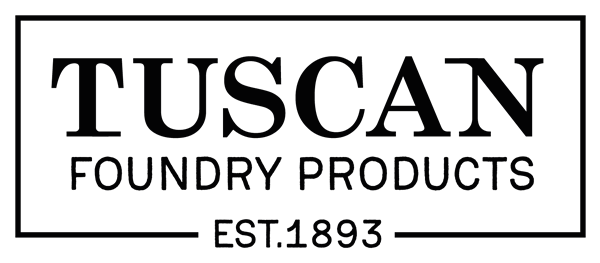

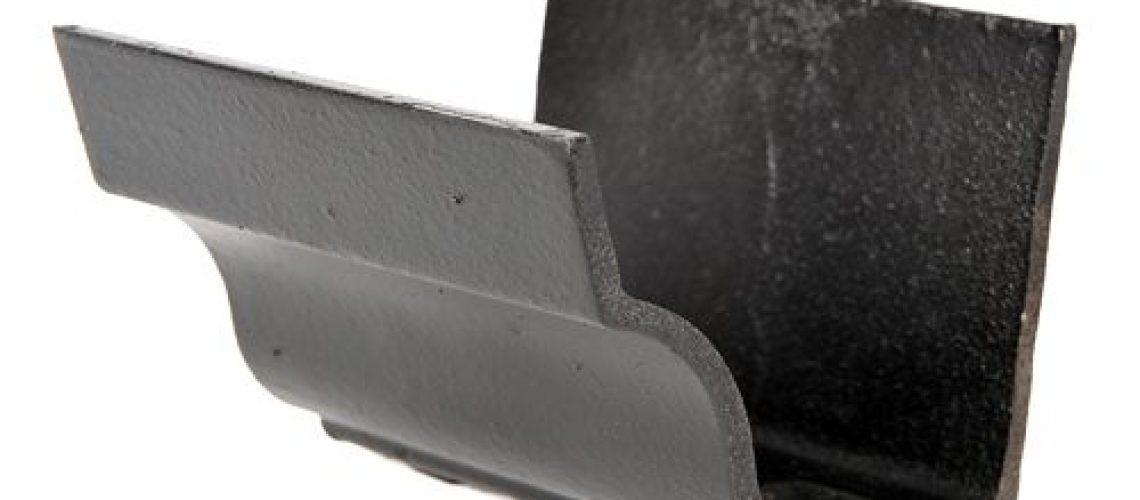
Cast iron gutters have graced buildings for centuries, adding a touch of timeless elegance and enduring functionality. The Sylum pattern stands out among the various styles with its distinctive flat-bottom Ogee profile. This comprehensive guide delves into the history, use, and manufacture of Sylum pattern cast iron gutters, offering valuable insights for building professionals and owners of historic and listed properties.
While gutters have been present in architectural design since the Norman invasion of 1066, primarily utilising gargoyles to direct water away from buildings, cast iron gutters didn’t emerge until the 18th century. This shift can be attributed to cast iron’s increasing availability and affordability, leading to its widespread adoption as a replacement for lead in guttering systems. Interestingly, the design of cast iron gutters, with their decorative hoppers and sometimes whimsical gargoyle motifs, harkens back to the era when these stone creatures were the primary means of rainwater dispersal.
Cast iron gutters, including the Sylum pattern, symbolised status and architectural sophistication during the Victorian and Edwardian eras. Homeowners often personalised their gutters with unique embellishments, such as dates, family crests, or emblems, mirroring the tradition seen in earlier lead hopper heads.
Although plastic guttering gained popularity after World War II due to material shortages during the war, cast iron gutters have experienced a resurgence in recent years. This renewed interest is driven by restoration projects and a growing appreciation for durable and aesthetically pleasing rainwater systems.
The Sylum pattern cast iron gutter is characterised by its flat bottom and Ogee profile, which sits on a brickwork ledge 6. This design facilitates efficient water flow and adds a classic touch to building exteriors.
Sylum gutters are available in a range of sizes to suit different properties and roof areas: 4″ x 3″, 5″ x 4″, 6″ x 4″. To further illustrate the variety within the Sylum pattern, the table below provides a detailed breakdown of available sizes and their corresponding product numbers:
Size A Size B Product Number
4″ 3″ Regent No. 16/4
5″ 4″ Regent No. 16/5
6″ 4″ Regent No. 16/6
These gutters are particularly well-suited for:
• Period Properties: They seamlessly blend with the architectural style of older homes, preserving their historical charm and authenticity.
• Listed Buildings: Their authenticity makes them suitable for listed buildings where maintaining original features is crucial.
• Refurbishments: Sylum gutters can enhance the aesthetic appeal of renovation projects, adding a touch of traditional elegance.
Notably, Sylum pattern gutters are often used with other cast iron components, such as hopper heads and downpipes, to create a complete and cohesive rainwater system.
Manufacturing Sylum pattern cast iron gutters involves meticulously combining traditional techniques with modern technology. Here’s a step-by-step overview:
1. Pattern Making: The process begins with skilled craftsmen meticulously hand-carving precise wooden patterns of the Sylum profile. These patterns are the foundation for creating the moulds, ensuring accuracy and consistency in the final product.
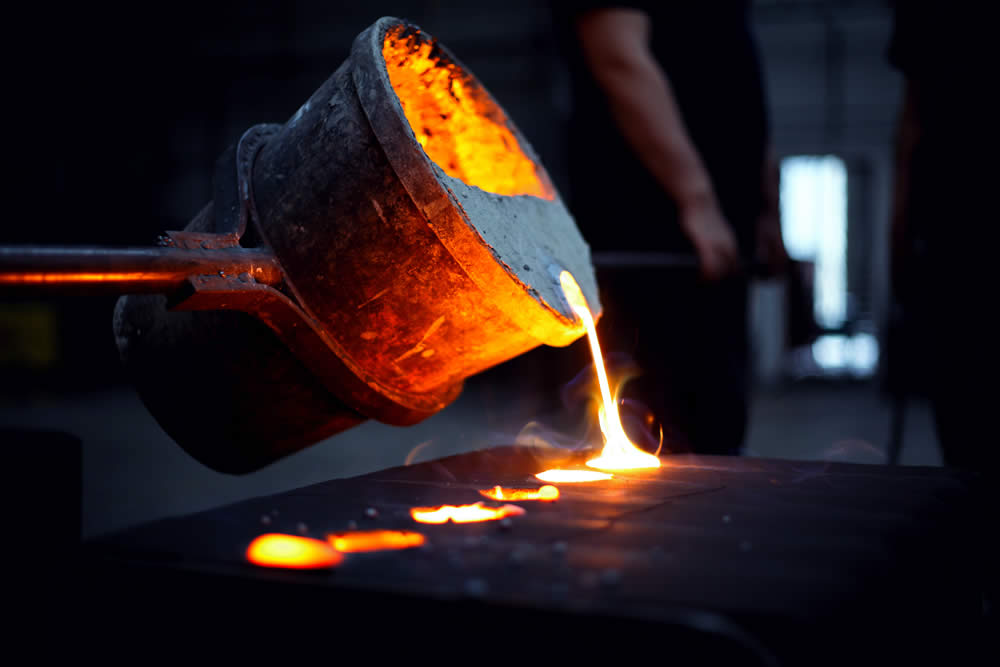
2. Moulding: Sand casting, a time-honoured method, creates the moulds. The wooden patterns are carefully imprinted into a bed of fine sand, forming a cavity that will give shape to the molten iron.
3. Casting: Molten iron, heated to a fiery liquid state, is carefully poured into the sand moulds. As the molten iron cools and gradually solidifies, it takes on the intricate shape of the Sylum pattern, capturing its distinctive curves and details.
4. Finishing: Once the cast iron has cooled, the castings are carefully extracted from the moulds and meticulously finished. This involves grinding to smooth out imperfections, welding to join sections seamlessly, and thoroughly cleaning to prepare the surface for painting.
5. Painting: The finished gutters are coated with primer and paint to prevent rust and enhance their durability. This final touch ensures that the gutters function effectively and maintain their aesthetic appeal for years.
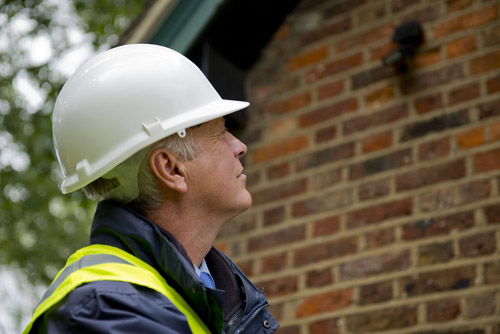
Installing Sylum pattern cast iron gutters requires careful planning and attention to detail. Here are the key steps involved:
1. Planning and Preparation: Begin by carefully planning the layout of the gutter system, considering the roofline, designated drainage points, and the necessary fall to ensure proper water flow. This initial planning stage is crucial for a successful installation.
2. Bracket Installation: Securely fix fascia brackets to the fascia board at appropriate intervals, ensuring a consistent and slight fall towards the outlet positions. This fall is essential for directing rainwater towards the downpipes and preventing water accumulation in the gutters.
3. Gutter Cutting and Joining: Accurately cut the gutters to the required lengths using tools such as a powered disc cutter or tipped hacksaw. Join the gutter sections using a low-modulus silicone sealant or a specialised gutter mastic to create a watertight seal. Secure the joints with corrosion-resistant bolts for added strength and longevity.
4. Outlet and Downpipe Installation: Install running outlets strategically above the drains or gullies to ensure efficient water discharge. Connect the downpipes to the outlets, ensuring proper alignment and a secure seal at all joints to prevent leaks.
5. Final Checks: Once the installation is complete, thoroughly test the system to verify that there are no leaks and that water flows freely towards the drainage points. This final check ensures the system functions as intended and effectively manages rainwater runoff.
Cast iron gutters, including the Sylum pattern, are renowned for longevity. However, regular maintenance is essential to ensure their continued performance and prevent deterioration. Here are some key maintenance tasks:
• Regular Cleaning: Remove leaves, debris, and dirt buildup from the gutters and downpipes to prevent blockages and ensure proper water flow. Consider installing leaf guards to minimise debris accumulation and reduce the frequency of cleaning.
• Inspection: Regularly inspect the gutters and downpipes for signs of rust, cracks, or loose fittings. Address issues promptly to prevent further damage and maintain the system’s integrity.
• Painting: Repaint the gutters periodically to protect them from the elements and maintain their aesthetic appeal. Use a suitable primer to provide long-lasting protection and ensure the paint is rated for outdoor use.
• Joint Maintenance: Check and reseal any leaking joints to prevent water damage and ensure the system remains watertight.
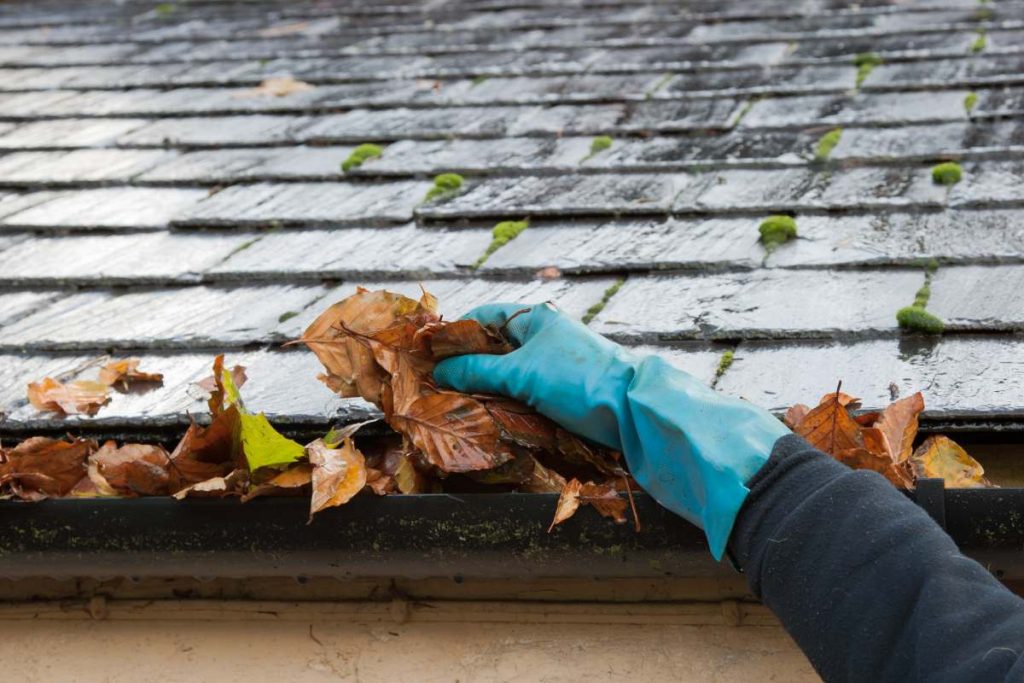
Sylum pattern cast iron gutters offer a unique blend of benefits and drawbacks. Understanding these can help you decide whether they are the right choice for your property.
Advantages:
• Durability: Cast iron is robust and durable, capable of withstanding harsh weather conditions and heavy loads, surpassing the resilience of uPVC alternatives, especially in extreme weather.
• Longevity: With proper maintenance, cast iron gutters can last a century or more. This extended lifespan makes them a cost-effective choice in the long run.
• Aesthetics: The Sylum pattern adds a classic and elegant touch to building exteriors, enhancing their architectural appeal.
• Sustainability: Cast iron is a recyclable material with minimal environmental impact, unlike plastic gutters, which contribute to pollution and landfill waste.
• Noise Reduction: Cast iron gutters dampen the sound of rainwater, minimising noise disturbance compared to other materials.
Sylum pattern cast iron gutters offer a compelling combination of historical charm, enduring functionality, and environmental responsibility. They represent a bridge between preserving architectural heritage and embracing sustainable building practices. While the initial investment may be higher than modern alternatives, cast iron’s longevity and minimal environmental impact make it a cost-effective and environmentally sound choice in the long term.
For those who value authenticity and long-term durability, Sylum pattern cast iron gutters remain an excellent choice, capable of gracing homes for generations.

At Tuscan Foundry Products, we take immense pride in our expertise in cast iron rainwater systems, including the distinguished Sylum pattern gutters. These timeless designs reflect history and functionality, ensuring that listed and period properties maintain their authentic charm while benefiting from the durability of cast iron. Our commitment to quality extends beyond manufacturing—we offer tailored advice, site visits, bespoke castings, and expert support to ensure every project is executed with precision and care.
By choosing Tuscan Foundry, you’re investing in more than just guttering; you’re preserving architectural heritage with craftsmanship that stands the test of time. Whether restoring historic buildings, planning new conservation projects, or looking for durable and aesthetically pleasing rainwater solutions, our team is here to assist at every stage. With a deep understanding of traditional materials and a passion for excellence, we continue to honour the legacy of cast iron in British architecture.